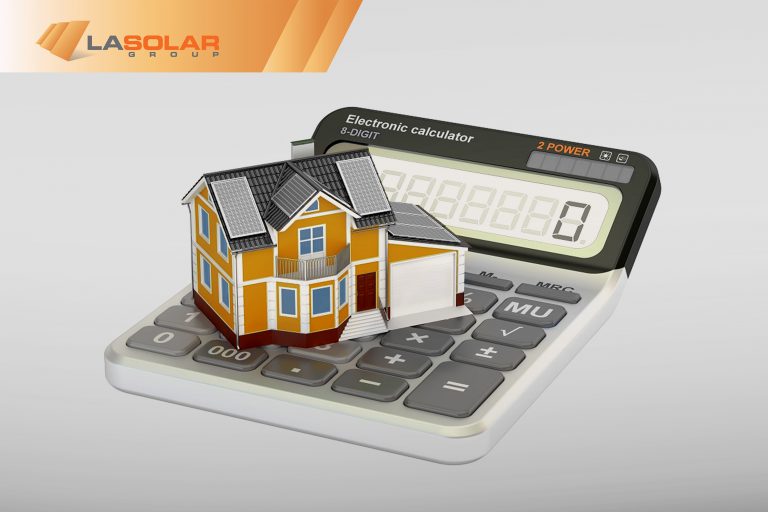If you’re restoring a home—and especially if you’re restoring your roof—this is a great time to go solar. Since you’ve already committed to the expense of reroofing, why not also take advantage of the price of solar in Los Angeles? You can take care of your roof and lower your electric bills at the same time. Moreover, a solar system will increase your home’s value, according to Lawrence Berkeley National Laboratory. Here are several things you might not have known about solar roof upgrades.
Solar Increases Home Values an Average of $15,000

Let’s say you’re restoring a mid-century modern home in Granada Hills. Many of these homes have flat (or at least not very steep) roofs, which makes adding solar straightforward compared with some more unusual roof configurations.
The Berkeley Lab study put the average value increase for adding solar at $4/W. For California homes, it was $1.10/W higher, for a total average of $5.10/W of installed solar power. This is because California homes are more expensive and California incomes are higher than the U.S. average, so prices (and premiums) are higher there.
This means, if you install an average-sized 3.6kW system, you’ll add more than $18,000 to your home’s value. The bigger the system, the greater the added value.
The Berkeley study did not cover leased panels owned by third parties. The data is still inconclusive in such cases, but in general if you lease your panels, you’ll gain the benefits of lowered electric bills and greenhouse gas emissions, but not ownership.
Solar Shingles Are An Option for Unique Home Restorations

Los Angeles is far newer than many of the world’s largest cities, but it still has a variety of historical architectural styles. What if, instead of mid-century modern, you are restoring a Victorian house in North or Northeast Los Angeles? Some of these homes have distinctive roofs, which you might not want to modify, even to install solar panels.
Some alternatives are a free-standing system that is not mounted to your roof, or a solar carport. However, homeowners who prefer a roof system might not realize that solar shingles offer yet another alternative. Solar shingles are installed directly into roofs, and do not require mounting and associated roof penetration. Solar shingles may also be strategically placed to better take advantage of a roof shape compared with larger solar panels. These benefits mean that not only do you get to preserve the integrity of your roof, you also maintain an aesthetically pleasing appearance.
Solar shingles cost a bit more than solar panels, which changes their ROI in comparison, but are still easily more cost effective than SolarCity’s glass solar tiles, which can run to more than $50,000 installed. Solar shingles still increase a home’s value just like solar panels: an average of $4/W nationwide, and $5.10/W in California.
You Can Enhance Your Energy Savings With Upgrades
Solar panels and shingles aren’t your only options for energy/money-saving home improvements. You don’t need a full net-zero solar system retrofit to benefit from upgrades to your Craftsman or other period LA home. Simply adding energy storage when you go solar can yield significant savings. With battery backup, you can charge up at night, when electricity prices are lowest for later use, instead of buying high-priced electricity from SCE during the middle of the day.
Another way to increase energy savings with upgrades is to replace inefficient power drains. For example, if you have a pool with an old single-speed swimming pool pump, it’s likely the biggest power consumer in your household. Replacing it with a variable-speed pump will make a quick difference in your electric bills.
The added value of these home improvements not as clearly-quantified as with solar panels or shingles, but are definitely worth considering as part of your overall renovation.
Home Improvements May Qualify for Incentives
Regardless of your home improvement decision, be sure to check for any energy efficiency rebates or perks you qualify for. California is committed to being at the forefront of the sustainability movement, and has implemented incentives like the Solar Incentive Program (SIP) and the Self-Generation Incentive Program (GSIP) to offer rebates to state homeowners. Federal tax credits on your net system price and property-assessed clean energy (PACE) financing are also available, and allow you to pay for your system as part of your property tax bill.
LA Solar Group would be happy to help you learn about them and your eligibility for each. If you have any questions about the cost or other aspects of going solar, we can answer them. Just let us know.





